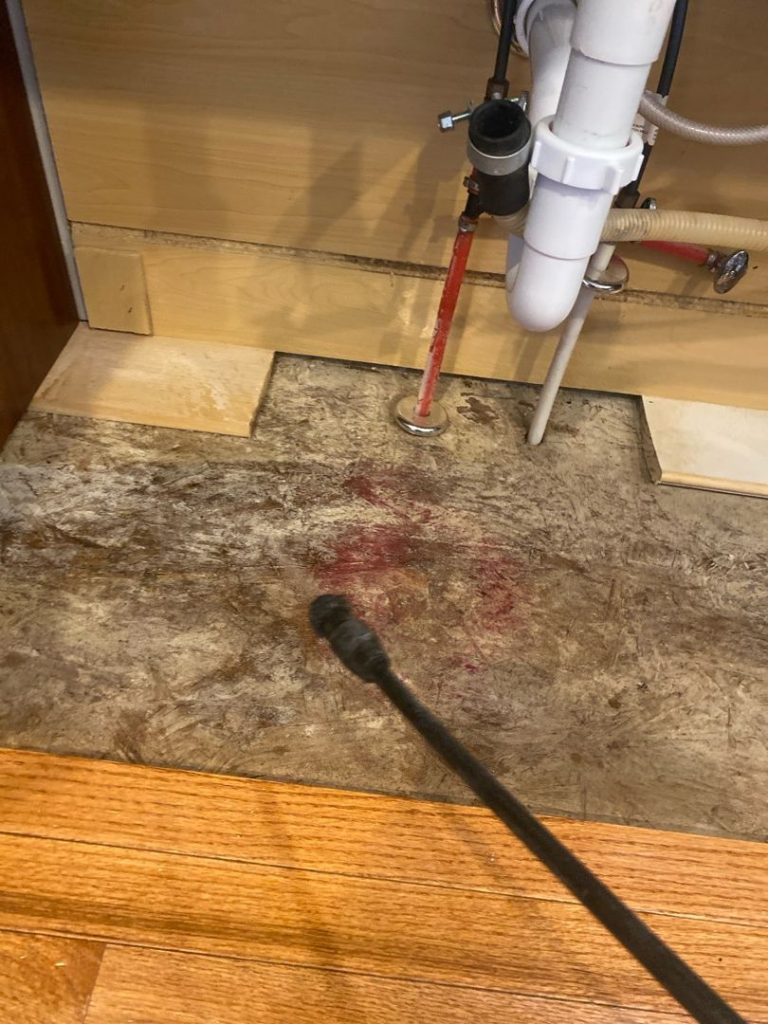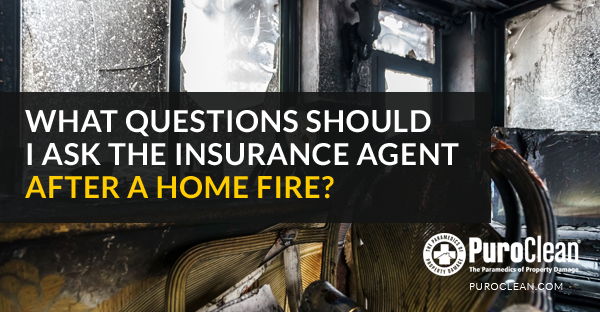Table of Contents
My thoughts go out to all of those who are in this situation (after a water loss). I am certain some folks will have no other choice than to try and do what they can with what they have, I know I would if this had happened to me.
Here are some things you can start to do immediately that won’t cost you. It will be hard physical work, however.
Knowing what to do after water damage in your home is very important as this can save you some cost during restoration processes.
These steps will give you the ability to know what to do that will help both first responders, property owners, and a professional team to immediately kick-start the restoration processes and curb the extent of the damage.
A little drop of water at home or on any property should not be left unattended. Getting to know the source from which the drop came is very important, and it is advisable that you fix it immediately because if it continues without shutting down or stopping it, it might end up causing water damage in your home than you might think of.
Narrowing this discussion down to what is fine during water damage in your home, you might be probably running some race in your head thinking of what exactly to do after a water damage in your home. Take a deep breath and be rest assured that we got you covered as this content will be discussing and shedding light on it.

WHAT YOU SHOULD DO AFTER WATER LOSS IN YOUR HOME
Water damage is always an unpleasant situation, one that every owner does not wish to experience but must always prepare for.
However, there are processes, steps, or actions that must be taken instantly after water damage.
Kindly make yourself more comfortable; you might as well get yourself a bottle of water or a snack as we proceed to unveil what is done during water damage restoration.
- First: make sure your electric service is turned off at the main, usually by the meter. If possible, turn off the water to the house as well, but I imagine this could be difficult.
2. You need all the air flow you can get. Open windows and especially crawl space under the house.
3. Open vents, scuttles even pull covers off. Worry about rodents later, you need air.
4. Get the carpet and pad out. If you have vinyl, tile or wood get what will come up easy. Ideally you get everything covering sub floor out asap, but don’t get mired in taking out tile right off the bat, come back to it.
5. You must expose the framing. This means removing drywall particularly. If you have interior walls with fake stone or wood with drywall behind it, it will have to go.
6. Pull all baseboards. Measure up 4 feet from the floor and score a line on every first-floor wall. Interior and exterior.
7. Remove all drywall from this line. Try not to damage wiring and pipes in the wall, these can be salvaged, but please have a professional water damage restoration expert look at them further down the road.
8. Remove all trim around doors and windows, expose, expose, expose.
9. Remove insulation. It wicks too, so pay attention. You need to see the exterior sheeting from the inside.
10. Call a Water Damage Restoration Team
One of the most important things to do after a water damage in your home is informing a professional water damage restoration company about the damage.
This is the very first thing to do whenever you face water damage in your home.
11. Disconnect the Power Supply
Disconnecting the power supply to the affected area is very important, as it will help keep the area safe, avoid electrocution, and reduce the extent of damage to every device connected to power.
12. Identify the Source or Cause of the Water Damage
Most importantly, identification of the cause or source of the water damage must be done. This involves conducting a proper check within the affected area and its environs. The identification should be done by a water damage restoration specialist.
13. Inform Your Insurance Company
Take pictures and do well-detailed documentation of the damage and call your homeowners insurance company to inform them about the water damage in your home.
After informing your insurance company, the company will send a representative to come and conduct a full inspection of the damage, and you can use the opportunity to hand over the documentation you did or send it to them via email or posting office.
Water Damage Restoration to Be Carried Out By Professionals
14. Further Water Extraction
In some cases, first responders during water damage, which may include the owner of the property and well-wishers, might have done some water extraction, but it is important during the water damage restoration process to conduct an additional water extraction when a professional water damage restoration team arrives to fully remove every single drop of water that is left on the property before restoration commences.
15. Remove the Damaged Part
After conducting additional water extraction, the water damage restoration team will proceed to remove parts of the property that have been damaged beyond repair in order to further carry out a proper replacement.
16. Additional Dry Out
Property owners or first responders might have done some dry out immediately after the water damage to reduce the extent and impact of the damage, but it is also very necessary and important for the water damage restoration team to conduct some checks on what has been previously done, and that is doing additional dry out.
Changes might have occurred between the time that the first responders exited the property and the time the water damage restoration team arrived, which is why an additional dry-out is required.
17. Content Removal
There will always be some contents and belongings on the affected properties, like electronics, fridges, gas cookers, kitchen utensils, cloths, cars, furniture, hard goods, food stuffs, photos, and more.
It is important to remove the content to avoid any further damage to them as the water damage restoration team kicks off their work.
18. Contact a Mold Specialist
After doing every necessary cleaning and water removal from the affected part of the house, another important call you have to make is to inform a mold specialist.
You should not assume that your house is in good shape for use; instead, inform a mold specialist to help prevent the growth of mold on the affected properties and areas.
19. Reconstruction
After doing the above, it is expected of the water damage restoration team to proceed with the proper repair, reconstruction, and restoration of every damaged part affected during the water leakage or water crisis.
This might take a lot of time, depending on the size of the property and the extent of the damage caused.
Who You Should Call After A water loss in Montgomery County
Don’t let water damage and potential mold growth overwhelm you. Contact PuroClean of Lansdale today at (267) 834-5900 for a free consultation. We’ll be there to guide you through the restoration process and ensure your property is restored quickly, safely, and efficiently.




 PuroClean of Lansdale
PuroClean of Lansdale